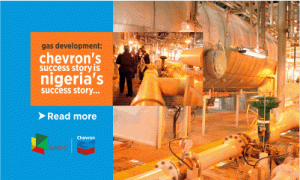Just as global adoption of renewable energy resources and mainly solar is jumping; a new report has disclosed that costs of repairs and maintenance of solar panels, batteries and associated fittings are now on the rising spree.
According to the new report from Wood Mackenzie, well over $16 billion will be spent by homes and offices that have solar energy installations over the next six years on unplanned solar plant repairs.
Before now, yearly cost on solar plant operations and maintenance (O&M), which currently stands at around $4.5 billion will grow to just over $9 billion in 2024 due to geometric global adoptions especially in developed economies where energy costs had been on the high side.
The report added that “This increase is due to future demand growth and current installed capacity. Unplanned repairs alone can cost owners up to $3,000/MW/year, based on an average-sized solar power system of 50MW.”
Even though 2018 saw slight drop in installation, Wood Mackenzie report argued that the global solar market would reach a new annual high of 114.5GW in 2019; growing by up 18 per cent from the previous year.
“Yearly installations is expected to hover around 120-125 GW in the early 2020s as emerging markets begin to deliver results, the group stated, adding that global cumulative solar PV installations are expected to grow from ~500GWdc in 2018 to 1,243 GWdc by 2024.
Solar installations nearing inverter end of life will reach 21GW by the end of 2019, representing 3.4 per cent of the global market, Wood Mackenzie noted, stressing that the development will increase to more than 14 per cent of the total cumulative capacity over the following five years.
By 2024, Wood Mackenzie expects the solar industry to have 176GW of projects with inverters older than ten years.”
Wood Mackenzie’s Principal Analyst, Leila Garcia in a remark said “As asset owners and operators continue to invest in advanced analytics and O&M specific software, and move from more time-consuming methods of spreadsheet-based analytics, operational costs will be reduced and higher data quality achieved.”
“Solar technology has greatly improved technician utilisation ratios over the last few years. Previously, one technician would be able to service 20MW of solar capacity. Global downward price pressures have driven the implementation of automated solutions and digital platforms, making it possible for technicians to service from 40MW-60MW of solar capacity – more than doubling their efficiency in some cases.
Findings show that Nigeria, with immense opportunity for solar energy in the face of the country’s energy gap, is yet to internalize the window due to policy inconsistency and security implications in North East where had been identified as the best natural location for high power yield by experts after nationwide survey.
However, countries like China, India and the US have more than 50 of global solar PV installations to 2024, making both Asia and North America the most attractive regions within the solar O&M segment.
The report also agreed that solar plant management is often erroneously assumed to be simplistic when compared to other generation technologies.
Business Hilights recalls that a report earlier released by International Renewable Energy Agency (IRENA), this year showed that the growth of solar energy on the continent was primarily driven by five specific countries; Egypt, South Africa, Kenya, Namibia and Ghana.









